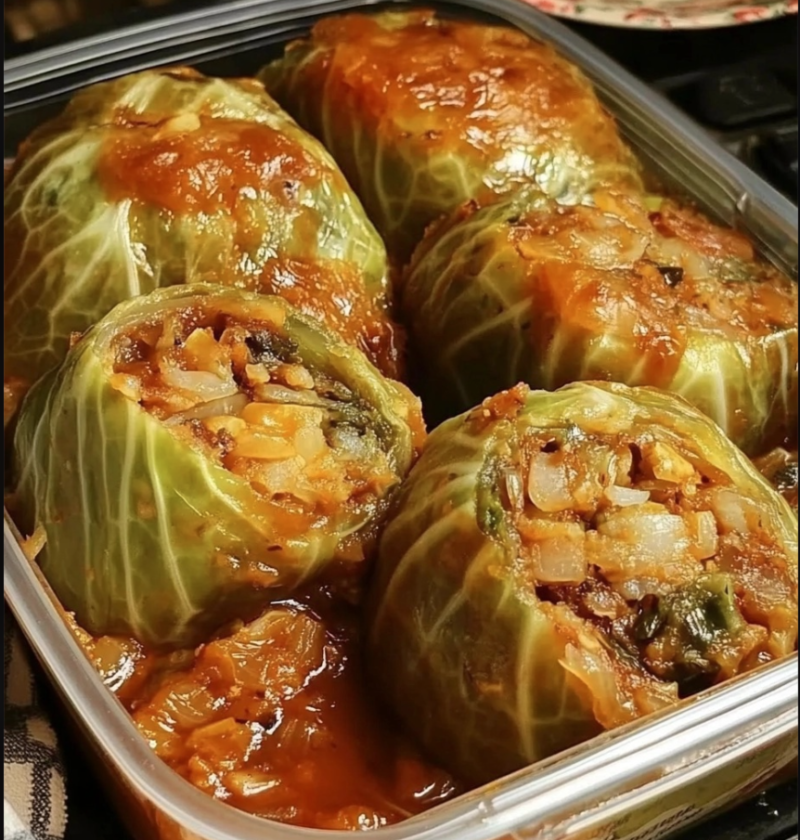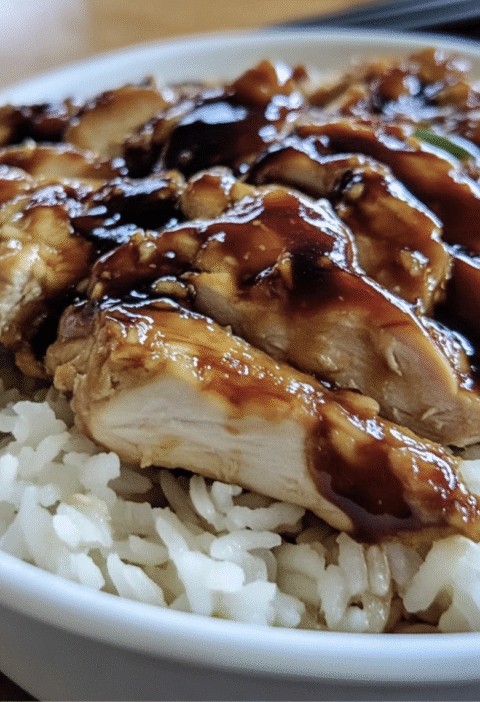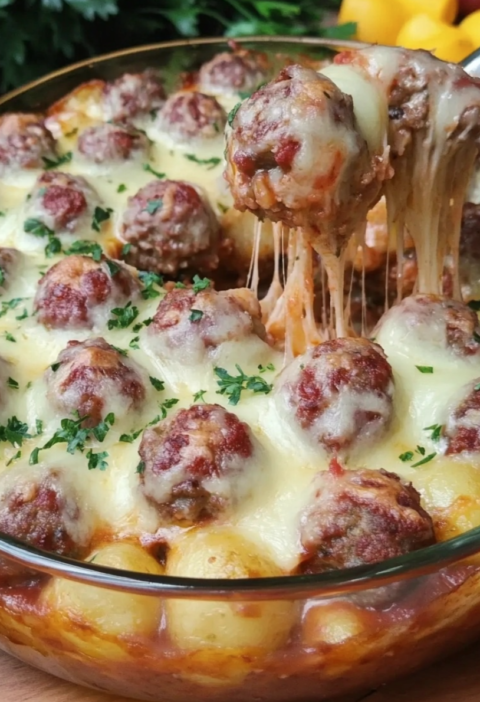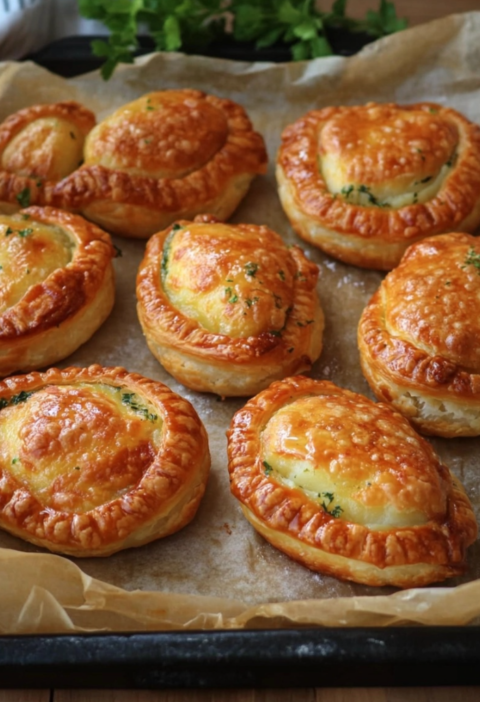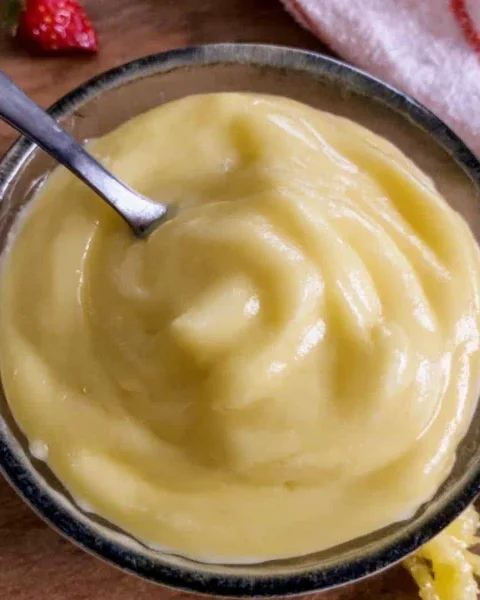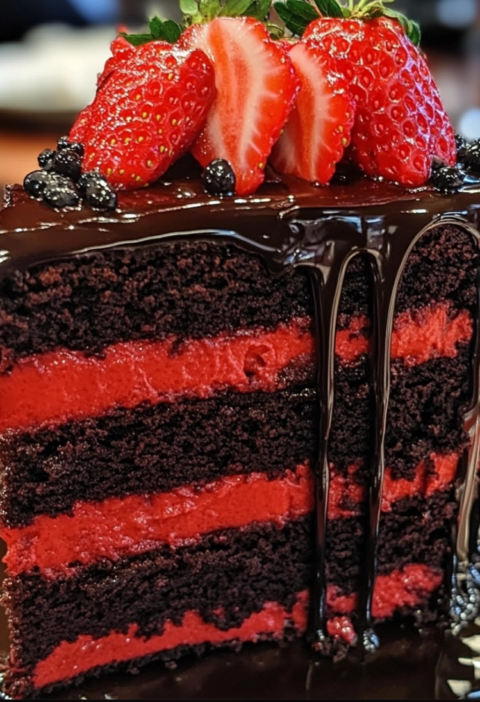Would Anyone Here Actually Eat Stuffed Cabbage Rolls?
Introduction
Stuffed cabbage rolls, also known as cabbage rolls or cabbage leaves, are a traditional dish enjoyed by many around
the world. The combination of tender cabbage leaves and a flavorful filling creates a mouthwatering dish that is
both comforting and satisfying. In this article, we will explore the ingredients, steps, variations, tips, and
answer some frequently asked questions about stuffed cabbage rolls.
Ingredients
To make stuffed cabbage rolls, you will need the following ingredients:
- 1 head of cabbage
- 1 pound ground beef
- 1 cup cooked rice
- 1 onion, finely chopped
- 2 cloves of garlic, minced
- 1 can tomato sauce
- 1 can diced tomatoes
- 1 tablespoon olive oil
- 1 teaspoon salt
- 1/2 teaspoon black pepper
- 1/2 teaspoon paprika
- 1/4 teaspoon thyme
- 1/4 teaspoon oregano
- 1/4 teaspoon basil
Steps
Follow these steps to make delicious stuffed cabbage rolls:
Step 1: Prepare the Cabbage Leaves
Start by removing the core of the cabbage and carefully separating the leaves. Blanch the leaves in boiling water
for a few minutes until they become soft and pliable. Remove them from the water and set aside.
Step 2: Prepare the Filling
In a large bowl, combine the ground beef, cooked rice, chopped onion, minced garlic, salt, black pepper, paprika,
thyme, oregano, and basil. Mix well until all the ingredients are evenly incorporated.
Step 3: Roll the Cabbage Leaves
Take a cabbage leaf and place a spoonful of the filling in the center. Fold the sides of the leaf over the
filling, then roll it up tightly. Repeat this process with the remaining cabbage leaves and filling.
Step 4: Cook the Stuffed Cabbage Rolls
In a large pot, heat the olive oil over medium heat. Add the stuffed cabbage rolls, tomato sauce, and diced
tomatoes. Cover the pot and simmer for about 1 hour, or until the cabbage is tender and the flavors have melded
together.
Variations
While the classic stuffed cabbage rolls recipe is delicious on its own, there are also several variations you can
try:
Variation 1: Vegetarian Stuffed Cabbage Rolls
If you prefer a vegetarian option, you can replace the ground beef with a combination of cooked quinoa, black
beans, and vegetables. The rest of the recipe remains the same.
Variation 2: Mediterranean Stuffed Cabbage Rolls
Add a Mediterranean twist to your stuffed cabbage rolls by incorporating ingredients like feta cheese, olives,
and sun-dried tomatoes into the filling. Serve with a side of tzatziki sauce for a burst of flavor.
Tips
Here are some tips to ensure your stuffed cabbage rolls turn out perfectly:
- Choose a cabbage that is firm and fresh for the best results.
- Blanching the cabbage leaves before filling and rolling them will make them more pliable and easier to work
with.
- Be generous with the filling but not too much that it overflows when rolling.
- Simmering the stuffed cabbage rolls in a flavorful tomato sauce will infuse them with delicious taste.
- Allow the stuffed cabbage rolls to cool slightly before serving to avoid burning your mouth.
Conclusion
Stuffed cabbage rolls are a classic dish that is worth trying. With tender cabbage leaves and a flavorful filling,
they make for a delicious and satisfying meal. Whether you stick to the traditional recipe or try out some
variations, you are sure to enjoy this comforting dish.
FAQs
Q: Can I freeze stuffed cabbage rolls?
A: Yes, you can freeze stuffed cabbage rolls. After cooking, let them cool completely, then place them in an
airtight container or freezer bag. They can be stored in the freezer for up to 3 months. To reheat, thaw them in
the refrigerator overnight and then bake in the oven until heated through.
Q: Can I use a different type of meat?
A: Absolutely! While the traditional recipe calls for ground beef, you can use ground pork, turkey, or even a
combination of different meats for added flavor.
Q: How do I prevent the cabbage rolls from falling apart?
A: To prevent the cabbage rolls from falling apart, make sure to roll them tightly and secure them with toothpicks
or kitchen twine before cooking. This will help them hold their shape during the cooking process.
